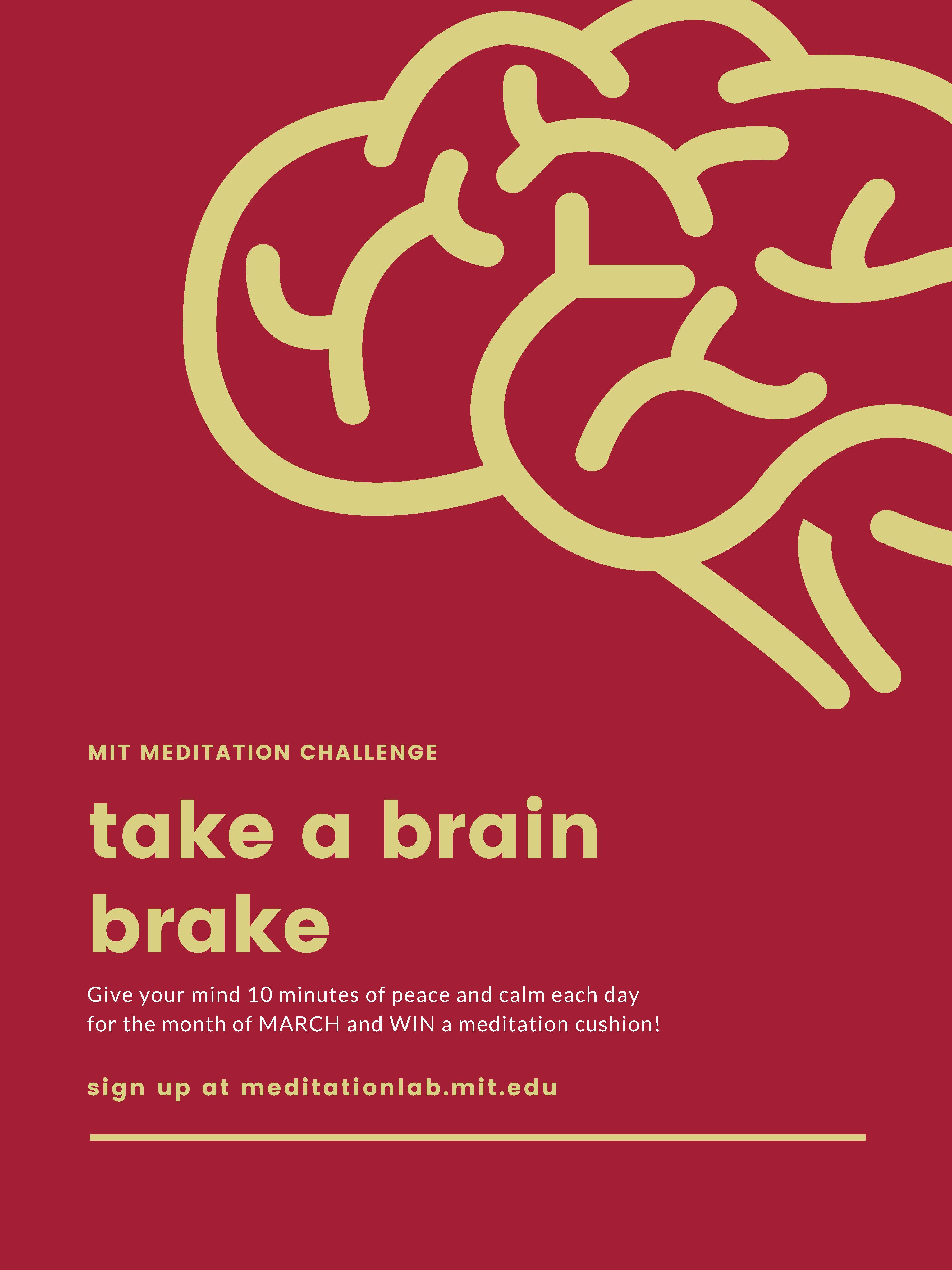
Ten days of noble silence: no books, no writing, no music, no talking. Ten days of doing nothing but meditation, meditation, and meditation for about ten hours a day. This is how I started my journey into a meditation practice.
Vipassana is a theravada Buddhist meditation technique that has now spread all over the world. Retreats in this tradition are normally quite rigorous. For me, I have come to see them as a welcome opportunity for me to jump to the next stage of my mindfulness practice and as a way to return to myself and practice after going through the rigor of a semester. There is no magic involved in this practice, I see my effort directly translated into leaps forward. If I don't put in the effort, I don't see results. I have since gone on ten of these retreats. When I did my first one, I was very nervous before the retreat and wondered, what if I just need to talk and burst out in song? As an introvert, I've never done that but yet I felt that I might do that on retreat! Other thoughts were, “Will I be able to make it? What exactly am I going to be doing?” Clemens, a research scientist at McGovern Institute for Brain Research, has also done several of the long retreats and other short ones. But one aspect that he thought helped him most was to “serve” on these retreats. When you serve on these retreats, you are volunteering to help in whatever is necessary to assist and make the stay and meditation for the students as comfortable as possible. You get to cook in the kitchen, clean the meditation hall, or many, many other activities. In doing so, you get to see the backstage of the whole project and see how much you got the first time you came as a new student. Also, you start learning how to integrate your daily meditation with work, or normal life, like doing errands and interacting with others. We have both done a number of these retreats and found that Vipassana meditation helped us tremendously. It is a big part of both of our lives now because we have seen the many benefits from our daily practice and from every retreat. We decided to launch the MIT meditation challenge and in the future plan to start a student club so we can practice and discuss together.
In addition to not having communication, retreats also require that you take the five Buddhist precepts (no killing, no stealing, no lying, no sexual misconduct, and no consumption of any intoxicants) which helps maintain your sila (morality). This becomes your first foundation leg of the practice and holds the mind stable to build on it. The theory is that when we refrain from these practices, particularly when on retreat, our minds can relax and stabilize and get ready for deep meditation.
The next leg is samadhi or concentration. Focusing on your breathing helps build this second leg and provides the body and mind a restful connection point. It is such an important leg that many meditation traditions have this as their core practice. Maintaining a daily practice that cultivates this is why Clemens and I decided to host the MIT Meditation challenge. We want everyone at MIT to find a meditation practice that will train their samadhi.
The final leg, paana, is wisdom. This insight can best be learned during an intensive retreat. A Vipassana retreat requires at least 10 hours of practice per day for 10 days in silence at a center (where the energy is attuned to practice). It’s hard work but it’s very rewarding to feel the subtle shift in the body and mind that come about as a result of the practice.
We hope that this meditation challenge unites the meditators on campus together and begins to grow your practice of meditation. Clemens and I can’t wait to connect you with all the meditators on campus and have this circle grow into discussions, retreat trips, experiments, and meditation gatherings in person.


